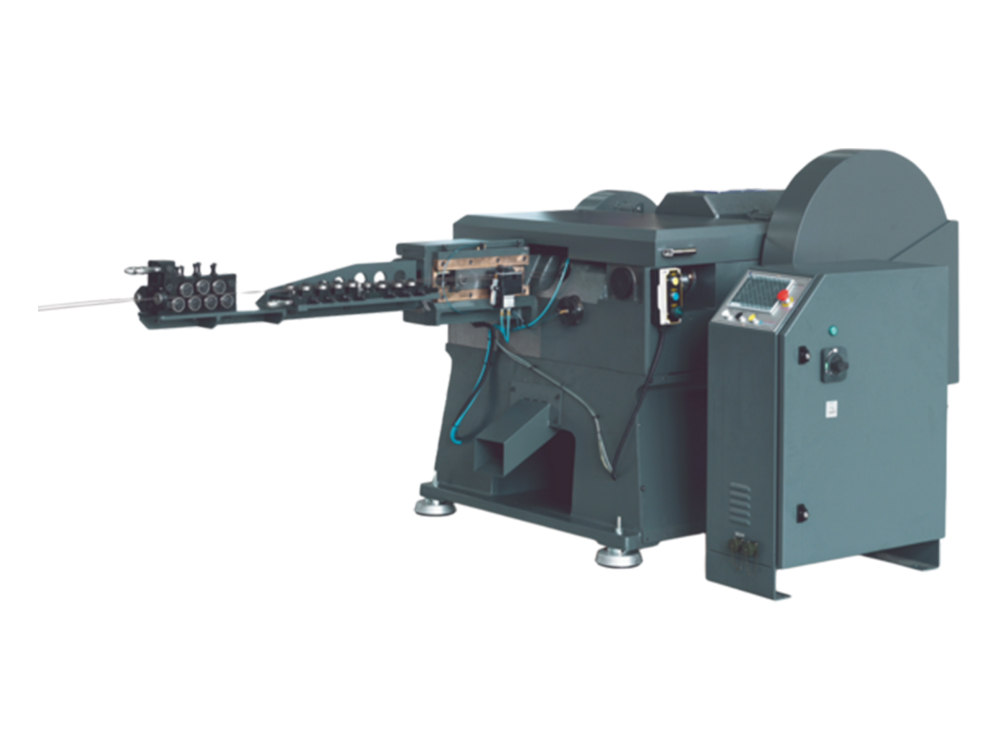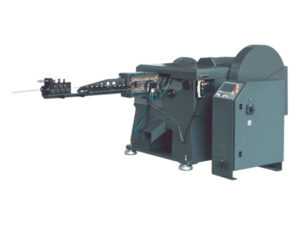Key Takeaways:
- Understanding the importance of sustainable practices in home construction for environmental and financial benefits.
- Exploring the role of innovative design and technology in creating energy-efficient homes.
- Examining the use of sustainable construction materials and incorporating renewable energy sources.
- Realizing the significance of certifications and incentives to promote green building standards globally.
Green Building Practices’ Ascent
In a time when protecting the environment is of the utmost importance, using green building techniques while creating residential buildings has become essential for sustainable living. Eco-friendly building trends are not mere fads; they embody the collective effort to reduce our ecological footprint, ensuring that our habitats harmonize with the environment. From utilizing energy-efficient appliances to integrating innovative design principles that capitalize on natural resources, the green building industry is continually evolving. One notable advocate in this arena is Elliott Homes, which has made strides in incorporating eco-friendly building practices into their projects. Developers and homeowners worldwide recognize the pressing need for sustainability in construction and advise new methodologies to achieve these goals effectively.
Designing for Efficiency: Innovations in Sustainable Architecture
Sustainable architecture has taken the forefront in modern home building. Architects and builders are leveraging innovative design principles such as passive solar design, which enables a home to naturally maintain comfortable temperatures, reducing the need for external heating and cooling. Utilizing the sun’s trajectory, homes can gather and store heat during the winter and stay cool during the summer. Alongside smart home technology, it facilitates the meticulous management of energy resources. Residents can easily control their energy consumption through automated systems, lights, and thermostats, significantly reducing costs and reducing their carbon footprint.
From Foundation to Finish: Choosing Sustainable Materials
The quest for sustainability in home construction also extends to the choice of materials. A home’s environmental impact is greatly influenced by the sourcing, production, and life cycle of the building materials used. Eco-friendly construction focuses on renewable materials that provide exceptional durability and performance. From the use of reclaimed lumber reflecting a commitment to deforestation prevention to the application of recycled steel that diminishes the need for new ore mining, such strategies underscore an ecological responsibility. In addition to their environmental advantages, these materials often come with unique aesthetics and storytelling elements that appeal to many environmentally conscious homeowners.
Future-Proofing: Building Homes That Last
Future-proofing homes revolve around designing relevant, functional, and durable structures amid changing environmental conditions and technological advancements. This approach to building design anticipates the future by incorporating flexibility in usage and adaptability to advancements in green technologies. It also focuses on the resilience of structures in the face of climate change risks, such as extreme weather events. Homes that embrace future-proof design priEarth’s are more likely to withstand the test of time and promise to offer homeowners more comfort and cost savings in the long run.
Certification and Incentives: Navigating Green Building Standards
Green building certifications like Energy Star, BREEAM, and LEED provide a standard sustainability measure. These programs provide clear guidelines and performance benchmarks for sustainable design and construction practices. Beyond the environmental benefits, these certifications can lead to numerous incentives that encourage the adoption of green building principles. These may include tax credits, rebates, and priority permitting. Understanding and navigating these certifications becomes an integral part of the construction process for builders and developers.

















